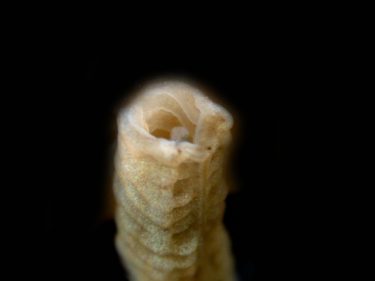
What if humans could regrow an amputated arm or leg, or completely restore nervous system function after a spinal cord injury?
A new study of one of our closest invertebrate relatives, the acorn worm, reveals that this feat might one day be possible. Acorn worms burrow in the sand around coral reefs, but their ancestral relationship to chordates means they have a genetic makeup and body plan surprisingly similar to ours.
A study led by the University of Washington and published in the December issue of the journal Developmental Dynamics has shown that acorn worms can regrow every major body part — including the head, nervous system and internal organs — from nothing after being sliced in half. If scientists can unlock the genetic network responsible for this feat, they might be able to regrow limbs in humans through manipulating our own similar genetic heritage.
“Regeneration gives animals or populations immortality,” said senior author Billie Swalla, director of Friday Harbor Laboratories and a UW biology professor. “Not only are the tissues regrown, but they are regrown exactly the same way and with the same proportions so that at the end of the process, you can’t tell a regenerated animal from one that has never been cut.”
Read more at UW Today »
